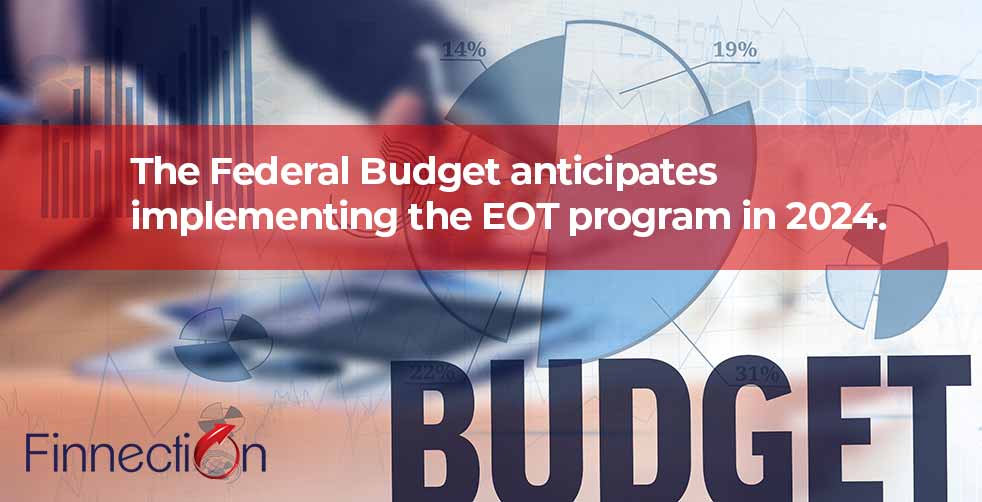A promise to legalize employee ownership trusts (EOTs) in Canada was made in the federal budget for 2022. This will make it easier for employees to buy into and own Canadian companies. EOT-related changes to the Income Tax Act (Canada) (the Tax Act) were included in the 2023 Canadian federal budget. The changes are expected to take effect on January 1, 2024.

How will this impact whom?
Business owners, particularly those of small and medium-sized enterprises, as well as their employees, will be impacted by the implementation of EOTs. EOTs give business owners a further choice to take into account when creating succession plans for their companies and make it easier for employees to become owners of the company in a tax-effective way.
What exactly qualifies as a business?
A Canadian-controlled private corporation (CCPC) under the ownership of a trust is a qualified business if:
- At least 90% of the CCPC’s assets’ fair market value (FMV) is used in an active business that is run largely in Canada by the CCPC or a company it controls.
- Before the CCPC was taken over by the trust, no more than 40% of its directors could have directly, indirectly, or in conjunction with any linked or affiliated individuals or partnerships, possessed 50% (or more) of the CCPC’s debt or FMV of shares;
- The CCPC conducts its business at arm’s length and is not connected to any individuals or partnerships that held 50% or more of the CCPC’s debt or FMV of its shares prior to the CCPC being taken over by the trust.
Key features:
The main form of tax reduction provided by EOTs is:
- When selling shares of a qualified company to an EOT, the capital gains reserve is increased from five to ten years, requiring only 10% of the gain on deferred proceeds to be brought into income each year.
- EOTs are exempt from the Tax Act’s 21-year deemed disposition provision, which generally applies to trusts; and
- EOTs have the option of borrowing money from the eligible business in order to pay for the acquisition. Here, the key benefit is that EOTs can progressively pay back this loan over a period of 15 years without experiencing any unfavorable tax consequences. The regular two-year payback obligation that is applicable to people and some categories of trusts contrasts with this.
EOTs must meet a number of requirements, one of which is that they must be trusts with Canadian residence. This means that Canada must be the primary location for the EOT’s decision-making and control. The EOT’s scope is further constrained to two distinct goals: first, it may directly or indirectly own shares of the qualifying business, with the ownership being for the benefit of the EOT’s linked employee-beneficiaries. Second, the EOT is allowed to distribute money to qualified workers depending on things like their years of service, pay, and working hours.
It would take careful planning and expert creation of the related EOT architecture to ensure adherence to the specified EOT regulations. This entails ensuring compliance with applicable tax, trust, and employment requirements. If you’re debating whether an EOT fits with your company and employee cohort, Finnection is available to conduct an assessment.
If you have any questions regarding federal budget, feel free to contact finnection via email at info@finnection.ca or call us at (647) 795-5462
Disclaimer: Above information is subject to change and represent the views of the author. It is shared for educational purposes only. Readers are advised to use their own judgement and seek specific professional advice before making any decision. Finnection Inc. is not liable for any actions taken by reader based on the information shared in this article. You may consult with us before using this information for any purpose.
